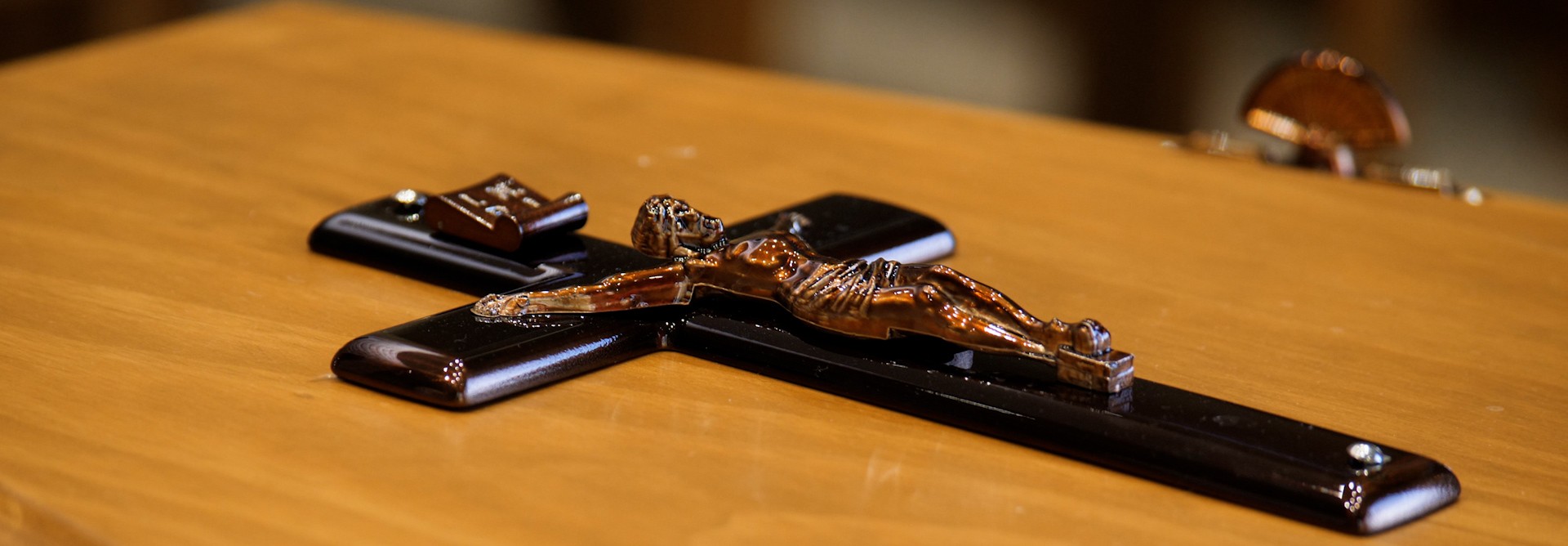Order of Christian Funerals - Part I
National Liturgical Council

All of us should realise the wealth of prayer available to support those who mourn. The Order of Christian Funerals (OCF) presents us with rituals for the time immediately after death through to the final committal of the body. This range of rites allows for a degree of flexibility to meet various needs.
The Time Between
Sometimes there are several days between death and the final committal of the body, a period often bereft of formal prayer. There is an opportunity for mourners to begin the liturgical rites of the Church soon after death. These Rites provide a simple structure to assist mourners to begin their grieving in the time before the more formal Funeral Liturgy.
The rites can be celebrated at the place of death, in the home, with or without the body of the deceased. Most of them follow a general outline of a simple Liturgy of the Word with additions such as Sprinkling with Holy Water or a litany of prayer. The Office for the Dead has its own unique structure. The outlines are available in the OCF.
All these rites are suggested as models and can be adapted to the particular situation and culture of the family and the circumstances of death. They may be led by a minister other than a priest. Perhaps someone in the parish community could be trained to be a compassionate presence in these rites.
These minor Rites give family and friends an excellent opening to speak of the deceased in a familiar way.
They provide the opportunity to share the story in a prayerful setting in greater detail than is possible at the formal Funeral Liturgy. This can be both healing and meaningful.
Prayers after Death
These prayers may take place in the presence or absence of the body of the deceased. They may also be used when the minister (priest or lay leader) first meets with the family following death. The Rite follows a common pattern of reading, response, prayer, and blessing and may be adapted according to the circumstances. (OCF 101)
Gathering in the Presence of the Body
This rite may take place in the family home or at the funeral parlour. It could include the traditional praying of the Rosary within the Liturgy of the Word.
‘Through the presence of the minister and others and through the celebration of this brief rite, the community seeks to be with the mourners in their need and to provide an atmosphere of sensitive concern and confident faith.’ (OCF 110)
Through scripture, prayer, silence, and the symbol of water ‘those present show reverence for the body of the deceased as a temple of the life-giving Spirit’. (OCF 110)
Transfer of the Body to the Church or to the Place of Committal
If circumstances allow, it can be a very moving and fitting experience for the family to gather at the funeral parlour and drive in procession to the Church or place of committal.
This journey can bring comfort to the mourners as they begin the final farewell to the deceased: ‘God of all consolation, open our hearts to your Word, so that, listening to it, we may comfort one another, finding light in time of darkness and faith in time of doubt.’ (OCF 125)
This article was originally published in ‘Christian Funerals’. © Diocese of Parramatta. 2004, 2007. Reprinted with permission.
